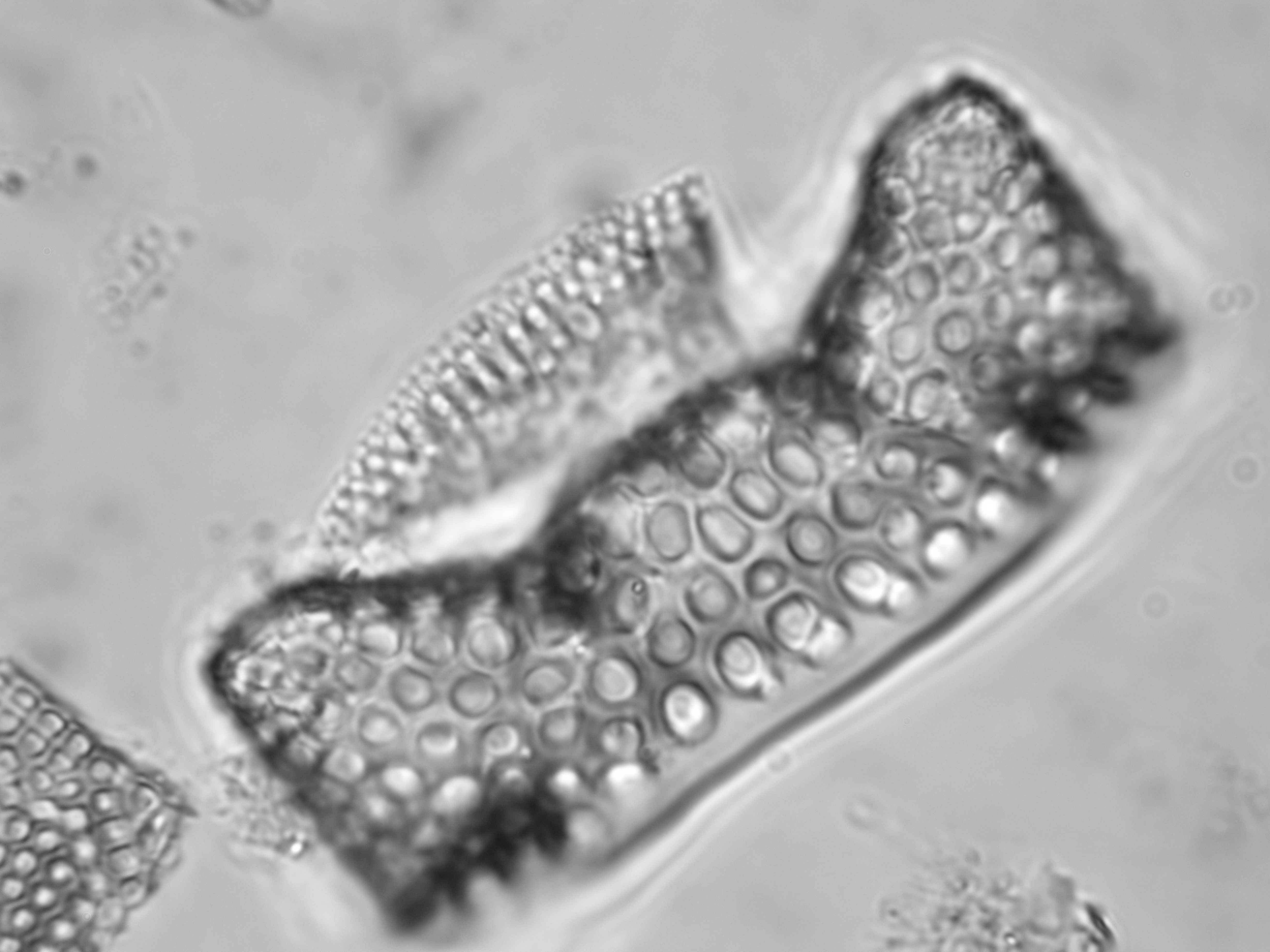Our Research
The study of the last interglacial sea ice requires a cross-disciplinary team of scientists in the fields of climate modelling, sea ice dynamics, and ice/marine sediment cores.
The “Retreat of Southern Hemisphere Sea Ice, 127 000 years BP” project will focus on modelling the major last interglacial SH sea ice retreat event. Below a general overview of our (most recent and ongoing) research on the last interglacial sea ice is given.
Isotope-enabled climate model simulations
Our group recently identified a substantial retreat in Southern Hemisphere (SH) sea ice during the Last Interglacial. Holloway et al. (2016) use statistical techniques to combine data from ice cores drilled on the East Antarctic Ice Sheet with isotope-enabled climate model simulations to determine the state of the ice sheet and Southern Hemisphere sea ice during the last interglacial Antarctic climate optimum, ~128 000 years ago. The results suggest that a major retreat of Southern Hemisphere sea ice is the best explanation for the early last interglacial ice core data. Holloway et al. (2017) then perform a multi-ice and ocean core data-model evaluation to assess the magnitude and spatial pattern of this sea ice retreat. These model/ice core syntheses conclude that Antarctic winter sea ice area was reduced by >58 % at the onset of the last interglacial.

Marine sediment cores
Matthew Chadwick is a Phd student working on the project “Reconstructions of Antarctic sea-ice at the peak of the last interglacial (marine isotope stage 5e)”. The aim of the work is to get a picture for the extent of sea ice around Antarctica during the period 120 000-130 000 years before present, with a focus on the timing of the minimum extent and whether that minimum occurs synchronously or asynchronously around Antarctica. To do this Matthew will be using diatom species assemblages from marine sediment core records around Antarctica. The cores are chosen to be far enough south to hopefully pick up the edge of the winter sea ice.
